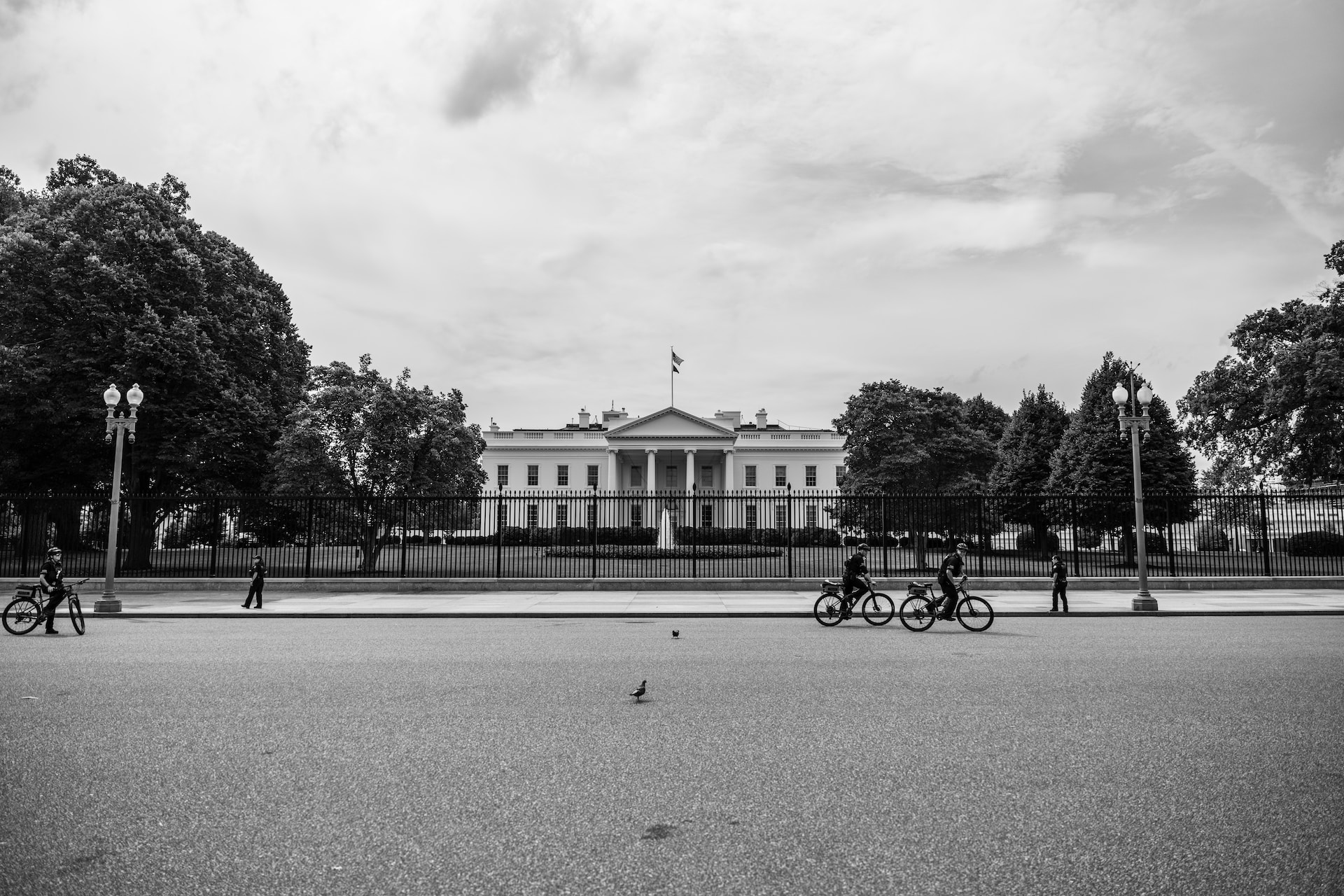Trump Trial Audio and Video: Why the Federal Courts Are Wrong

By Dan Shelley
President and CEO, RTDNA
Arguably the most important criminal case in American history will begin Thursday with an arraignment in a federal courthouse in our nation’s capital.
The American people won’t be able to see or hear it.
Consistent with arcane federal court rules that strictly prohibit audio and video recordings in federal courts, the chief judge overseeing the newest criminal case against former president Donald Trump — charges that he conspired in an effort to overthrow an election — issued an order that there will be no live broadcast of, or recordings in, the courtroom.
This is a grave mistake.
The very fabric of our republic is on trial. We need more transparency, not less. Americans today spend less time debating what is right and what is wrong than they do what is real and what is not.
We live in the multimedia information era and know the power of audio and video. Think the Nixon White House tapes. Think the eyewitness video of George Floyd’s murder. It is one thing to see, read or hear accounts about what happened; actually seeing and hearing it has real influence on public confidence in the American system.
To be honest, we at the Radio Television Digital News Association realize it may be impossible to gain access to court proceedings in this Trump case. But we are determined. Our advocacy for cameras in the courtroom now will include a renewed drive to amend federal rules so the American people can see and hear what happens in the highest courts in the land.
Our democracy depends on it.
